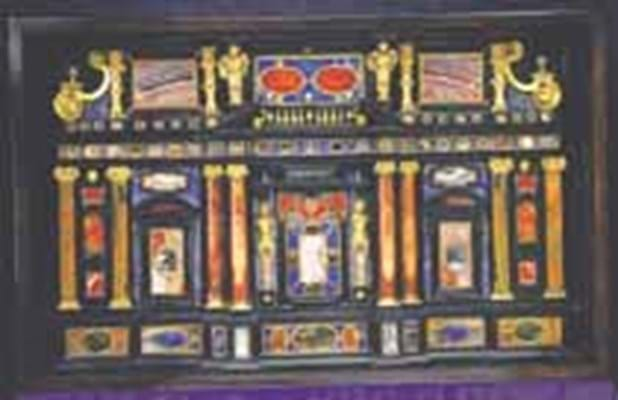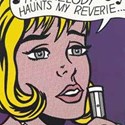Over the seven decades, Grosvenor House has certainly had its detractors but it remains the daddy of them all, starting the whole antiques fairs phenomenon back in 1934. Apart from 1974, when it was cancelled due to reconstruction work at the hotel, and the famous four-year hiatus from 1979 which was prompted by the standfitters' refusal to cross a picket line during a chambermaids' strike, Grosvenor House has consistently showcased the very top end of the trade.
For years it was the British trade which turned out its finest for this event, and the link with BADA remains, but - an example of one of a number of changes - it has become more international over the years. However, these changes are nothing if not subtle and of the 90 or so exhibitors at Grosvenor House the overseas quota does not go above 10 per cent.
In recent years, the fair has been redesigned and given a number of new looks. But anyone who has not paid a visit for a decade would still recognise the fair.
The most drastic change in its history was the dropping of datelines in 1994, which certainly liberated the whole event and made the stock more exciting. Those who felt the fair was just a boring if very upmarket platform for the English (largely brown) furniture trade had a point.
But Grosvenor House remains a traditional event and, whatever criticisms one has of the fair, it still oozes top-quality, class and prestige.
Stands at Grosvenor House are much-valued by exhibitors and there is not much of a turnover, but two exhibitors make their debut this year.
Standing for the first time is the distinguished Bond Street firm Partridge, founded in 1911 and still among the very top dealers in English and Continental furniture. Partridge is typical of the quality of English dealer whose natural habitat is this fair.
The other Grosvenor debutant, if equally well known internationally, is not quite in the same traditional mould. Paris dealers Steinitz are regulars at the world's other top fairs in Paris, New York, Maastricht and Palm Beach, so it is understandable they should finally gravitate to Grosvenor House where their eclectic, theatrical look will add a bit of decorative glitz to proceedings.
Although second generation, Steinitz are one of that breed who now cater very much for the interior design fraternity. Indeed, they are well into interior decoration themselves.
This is not a facet of the trade which has hitherto greatly influenced Grosvenor House, which, while it certainly has its own style, is known more for its substance.
Wartski, the Mayfair specialists in jewellery and objects of art, especially Fabergé, return to the fair after a lengthy absence.
Period furniture is still very strong at Grosvenor House which must be the best place anywhere to shop for English pieces.
This reputation, bolstered by the likes of London dealers Apter Fredericks, Norman Adams, Richard Courtney, H.C. Baxter (who have been with the fair since the 1930s), Ronald Phillips, Stair and others, was strengthened a couple of years ago by the addition of New York English furniture specialists Kentshire Galleries.
The fair is also strong on clocks, silver and pictures but over the years has broadened its stock considerably.
For example, Kensington's Gregg Baker, who joined the fair last year, is very much in tune with the current market with his display of decorative Japanese screens.
Everything is very strictly vetted and, as you might expect, this is one of the relatively few fairs where the procedure really is taken very seriously.
There are highlights galore: among the pictures I spotted the names George Stubbs, Angelica Kauffmann, Degas and Tissot; the sculpture features Rembrandt Bugatti and Barbara Hepworth; Mallett have a pair of armchairs attributed to Thomas Chippendale and Anthony Woodburn brings a c.1705 spring table clock by Tompion.
As the fair enters the 21st century, arguably as strong as ever, it retains a characteristic which has been its hallmark since the beginning.
With plenty of six-figure - and some seven-figure price tags - this is not a fair with something for everyone. On the whole it is the place where the well-off do their shopping.
But it is a place to see much of what is currently the best on the British market, although at £16 you even have to be reasonably well-off to afford the admission fee.
Styles may subtly alter but the Grosvenor remains the best of British
OPENING with a grand private preview on June 8, and continuing until June 15, for the 70th year the Grosvenor House Art and Antiques Fair will run at The Great Room of the Grosvenor House hotel on Mayfair’s Park Lane. And, no doubt, it will show, once again, why it is the country’s top fair and one of the world’s top antiques events.








